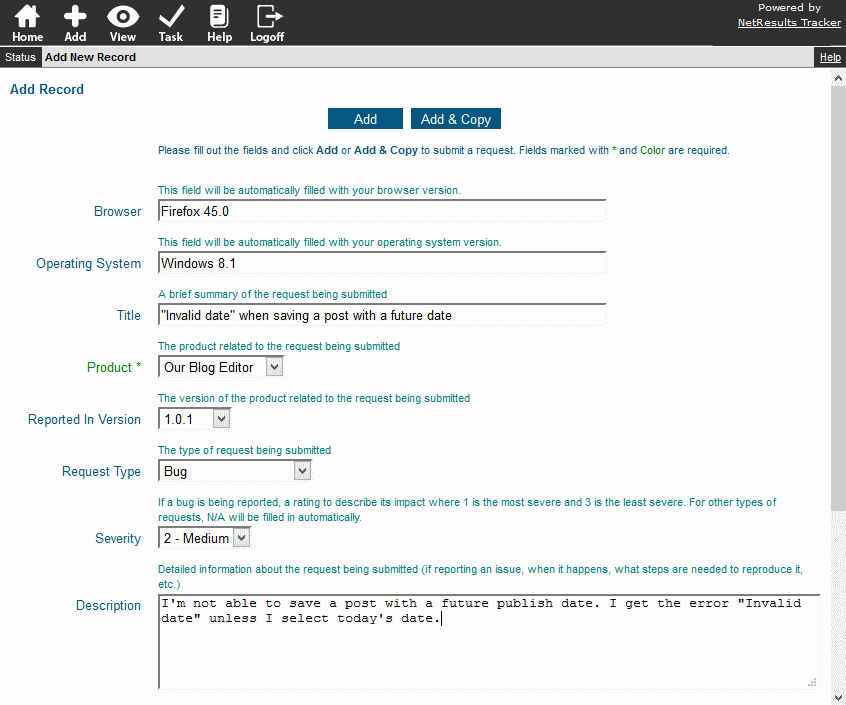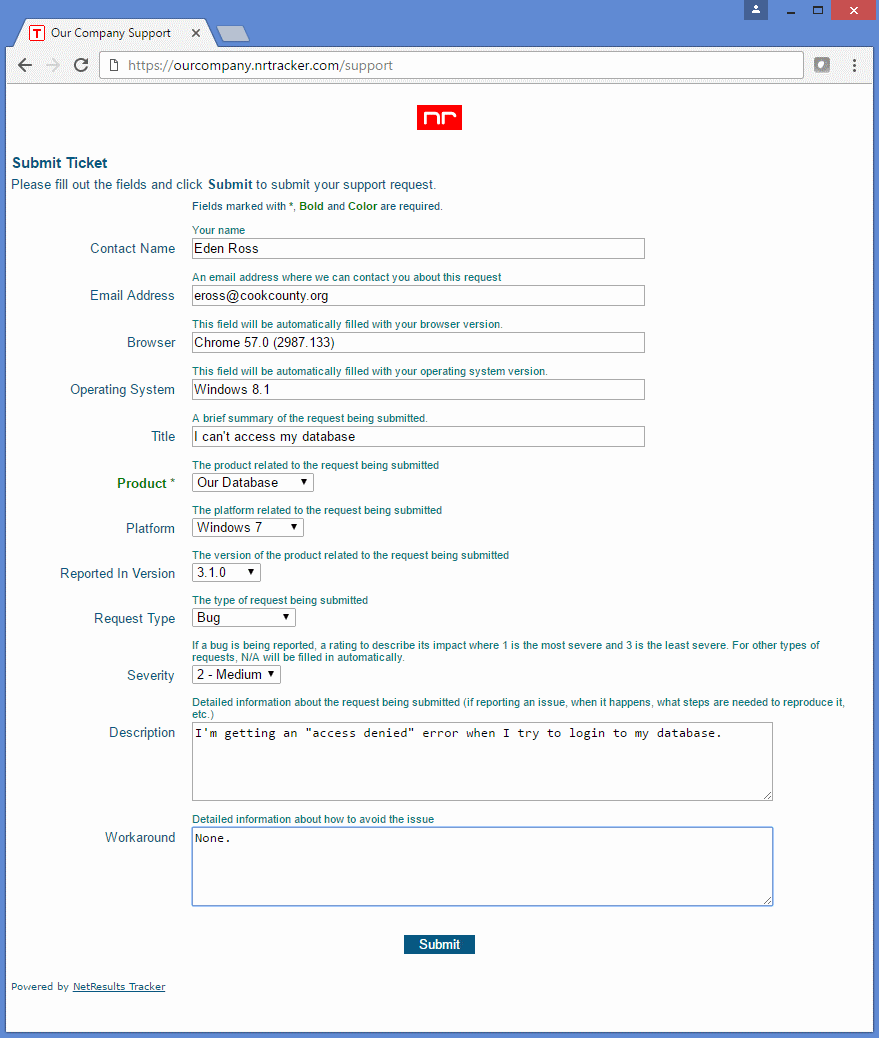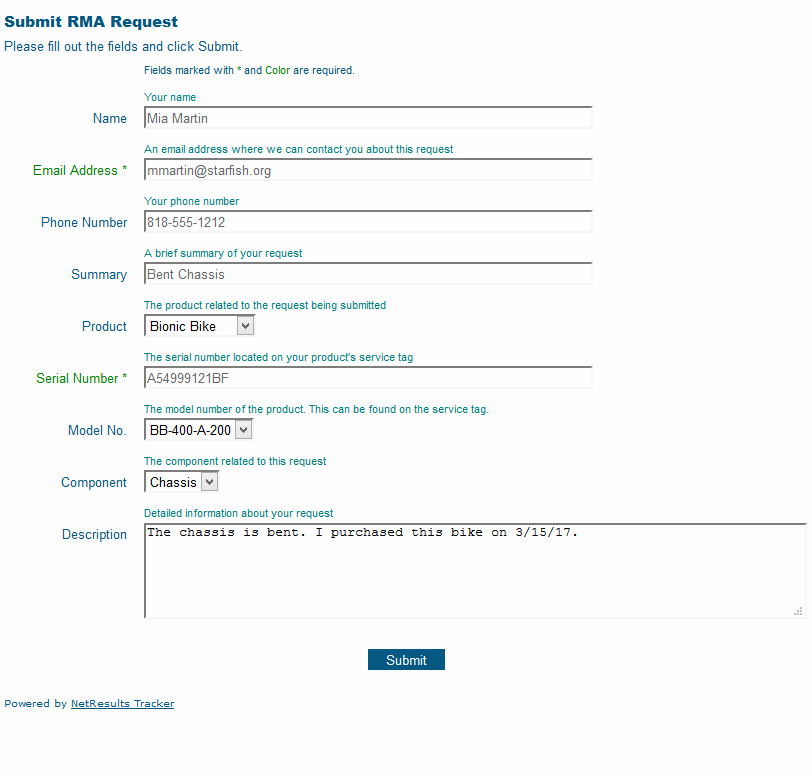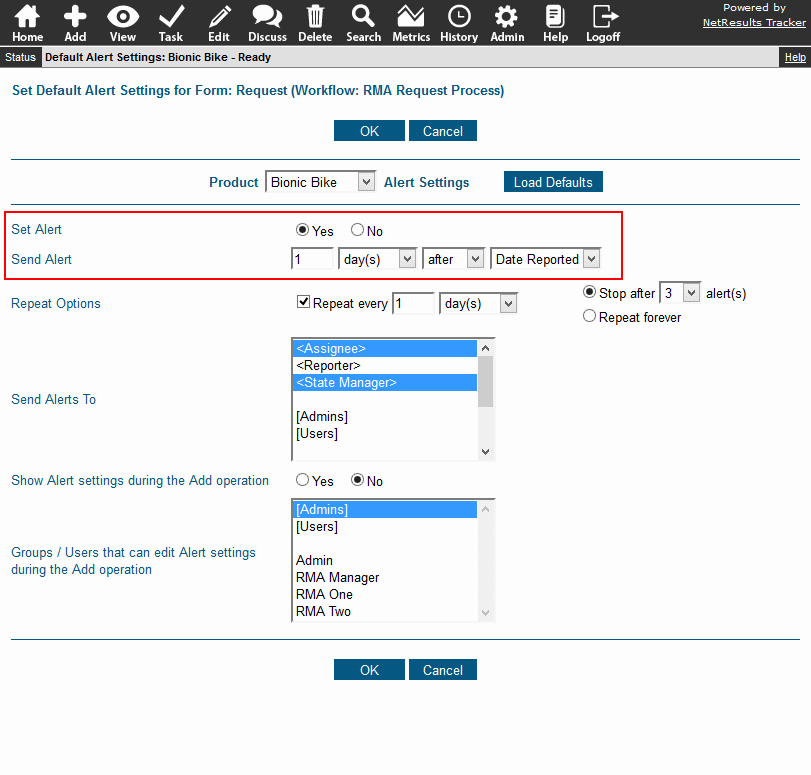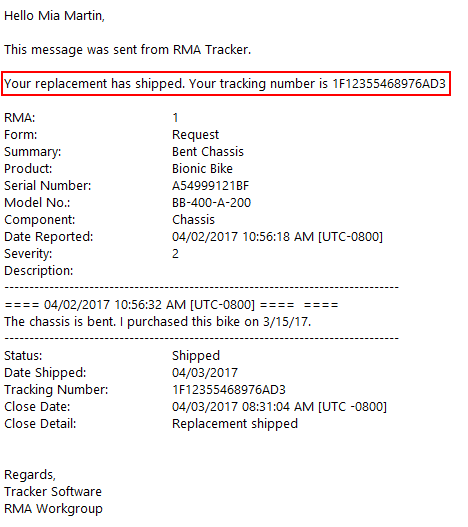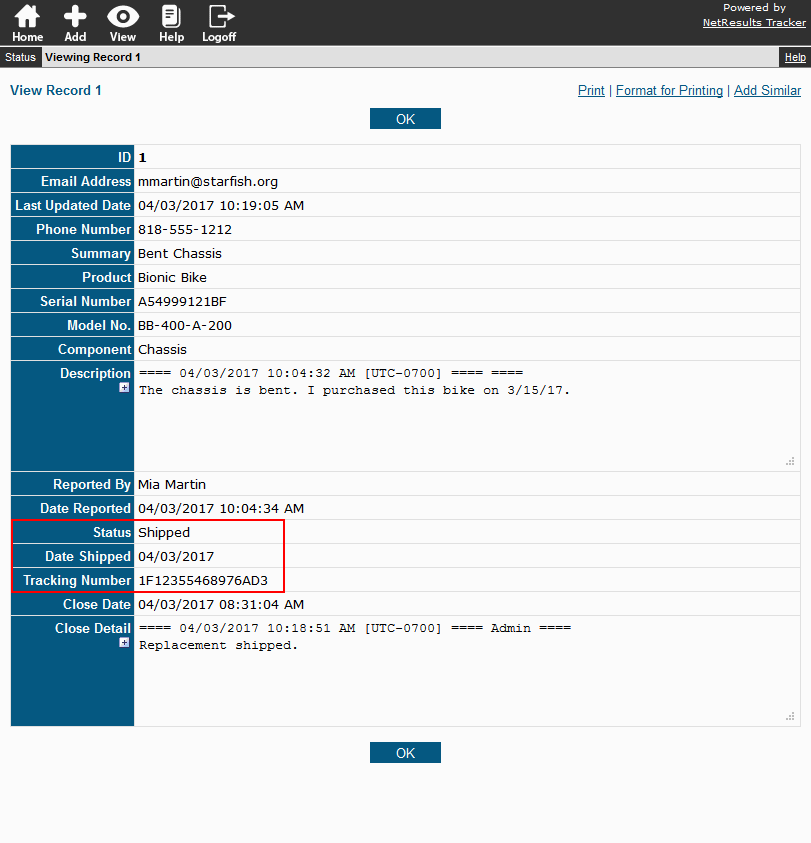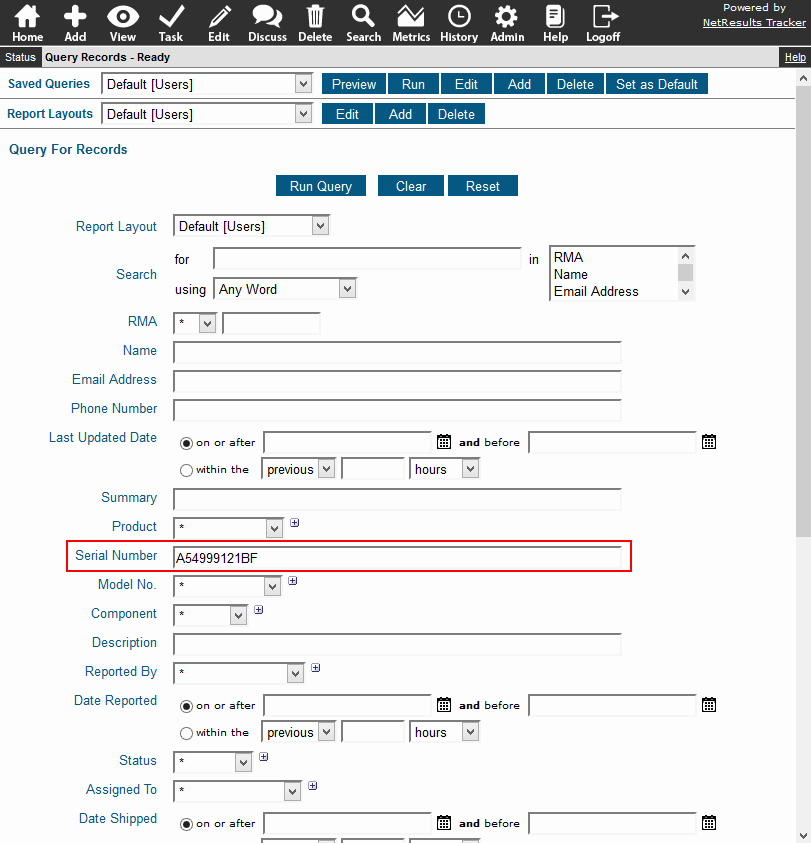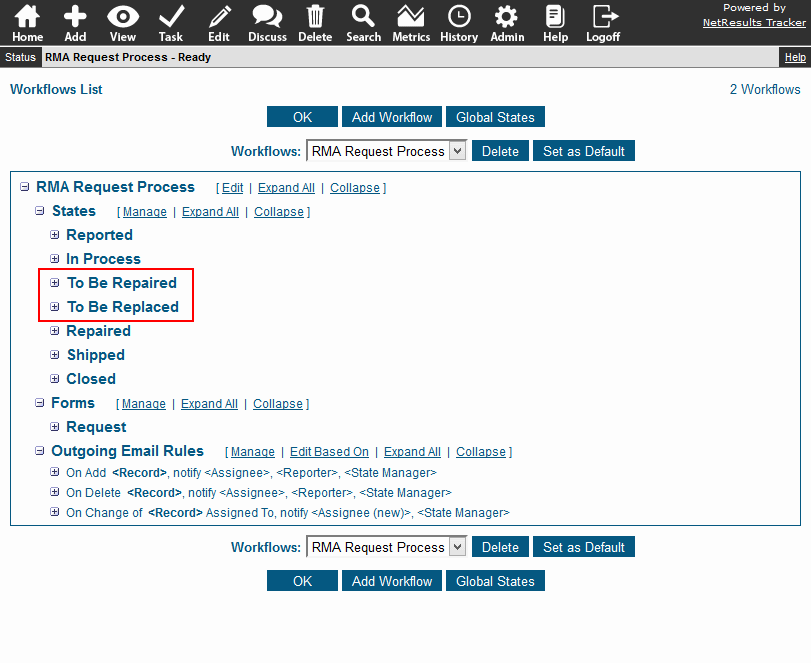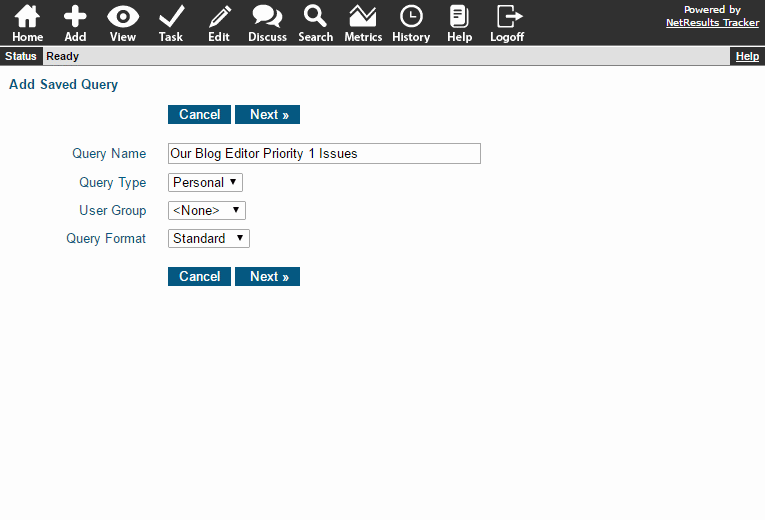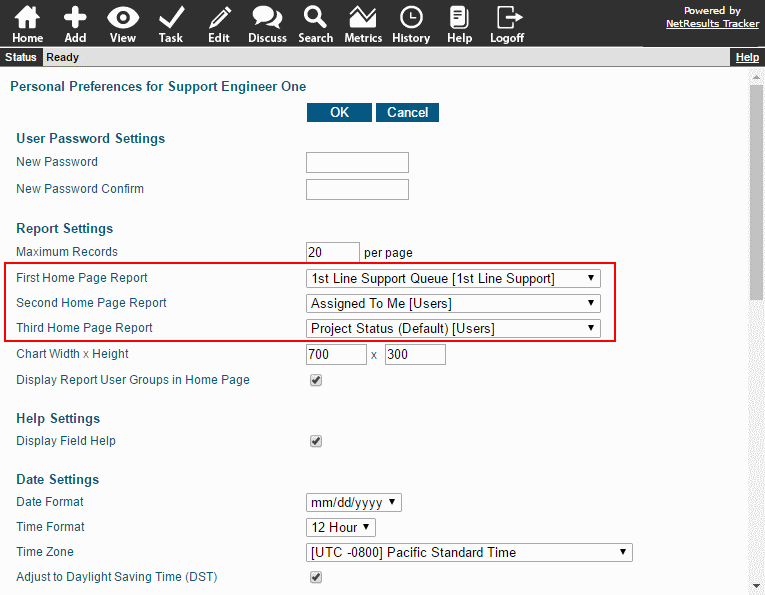Longtime Tracker users and newcomers alike can make use of these suggestions for improving your workflow.
Edit vs. Task
Learn about these two ways of modifying records so you can decide whether to use one over the other or a combination. This blog post compares them.
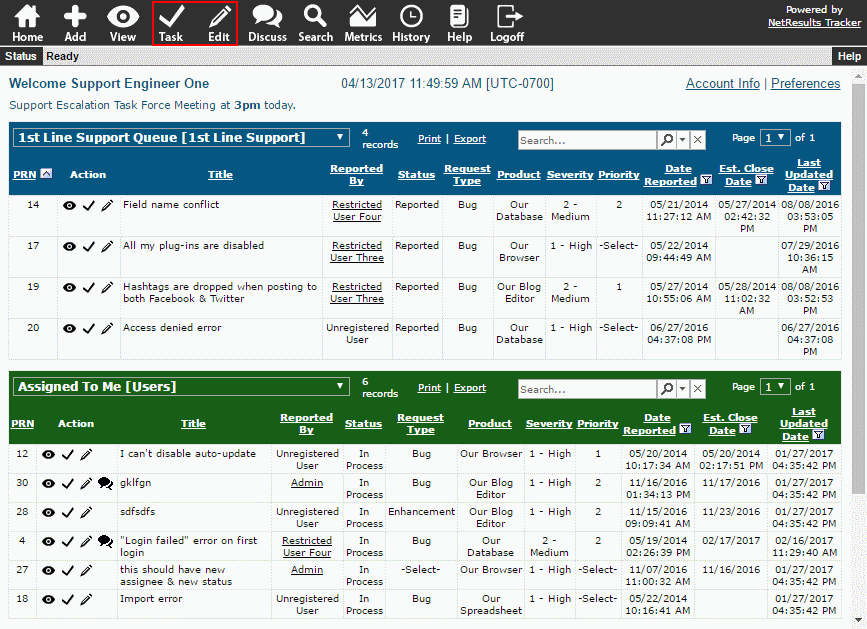
Minimal Notifications
When it comes to email notifications, less is more. Set up email rules that only notify the necessary users. When users get too many notifications, they become inured to them and are less likely to take action.
Protect Large Text Fields
TextArea fields are fields that can hold lots of text (e.g. comments and conversations between users as a record moves through the worklfow). Take advantage of the features available for allowing users to add more information into the field while protecting existing data.
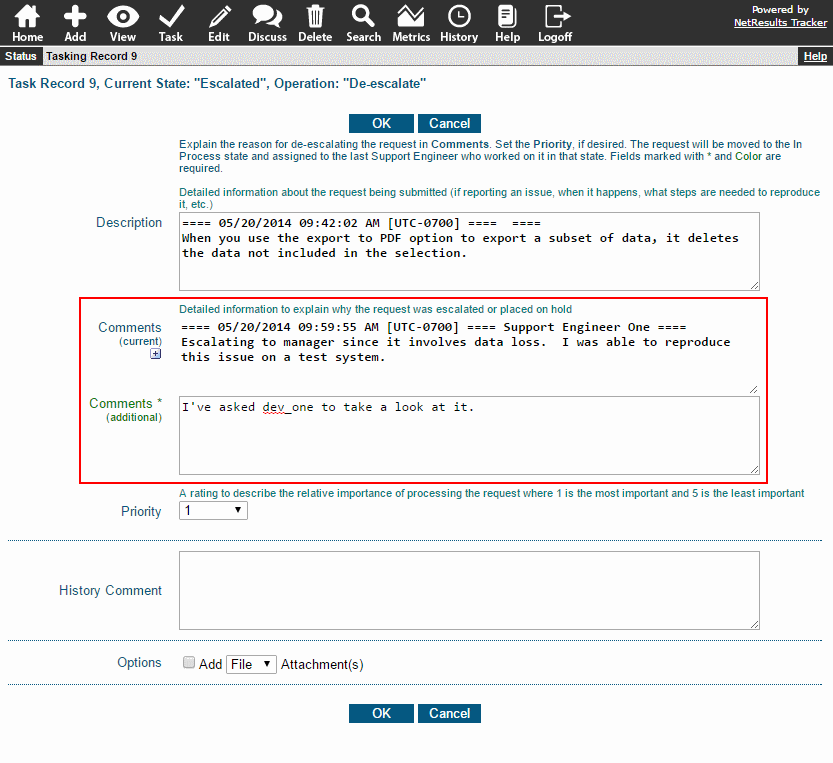
Keep Required Fields to the Essentials
Be judicious with requiring fields when records are added. Balance the need for gathering information to resolve issues quickly with a desire to allow users to submit them easily. If a user gets bogged down with having to provide too much information on a form, the issue might go unreported.
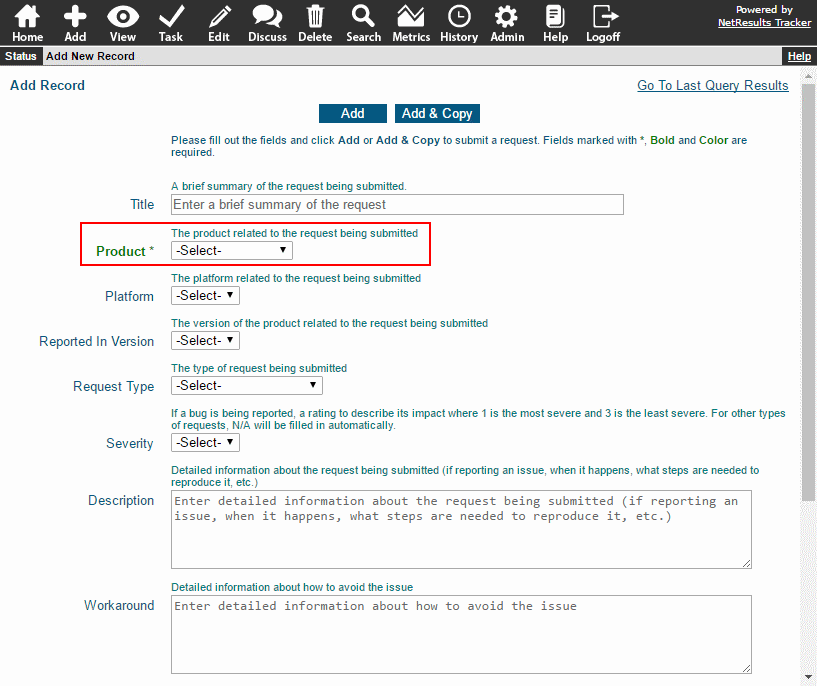
Need Help?
NetResults Technical Support can answer questions specific to your process.

